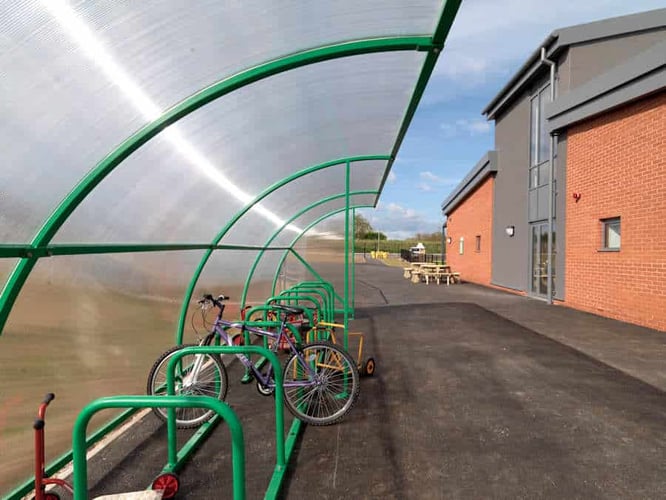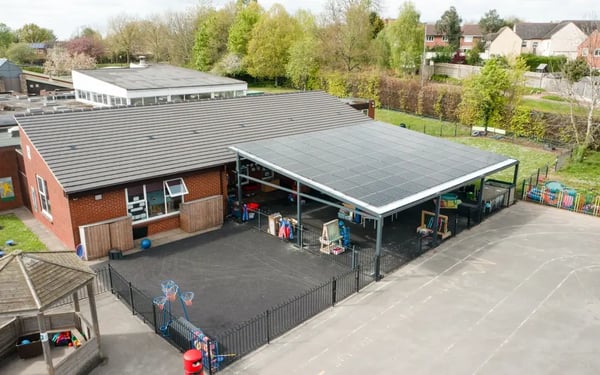When purchasing a cycle shelter for your school, don’t buy one just for the sake of placing a bike parking space on your school’s premises. Your priority is to ensure students and staff get the most out of it. For instance, selecting a cycle shelter based on its material composition enables you to provide a premium product on your school that lasts for years.
Besides its material, other factors to consider are its position and method of installation. Here are four mistakes to avoid when choosing and installing the right cycle shelter for your school.
Downgraded Polycarbonate Cladding
Most cycle shelters are constructed using a polycarbonate cladding system. When selecting a cycle shelter, make sure it is made with high-quality polycarbonate cladding. Be sure to check them properly as some unscrupulous suppliers choose to cut corners when it comes to utilising this material.
The minimum thickness of the cladding system should be at least 4mm. It should also have UV protection. Not only will this protect parked bicycles from the harsh sunlight, but it also prevents the cladding itself from deteriorating.
Not Choosing Galvanised Steel
A common mistake is the idea that powder coating a cycle shelter protects its steel frame, which makes galvanisation unnecessary. The truth is that all steel will rust if not galvanised.
Although powder coating protects the frame to a certain extent, it can still get scratched, chipped or allow water to seep into the frame’s joints or fittings. When selecting a cycle shelter, consider requesting a galvanised steel frame even if it’s already powder coated.
Bolting Cycle Racks to the Tarmac
When installing a cycle shelter, do not bolt its frame directly on the tarmac or pavement. Doing so will make your cycle shelter vulnerable and it may collapse. Instead, use concrete pads to secure its base. The thickness of the pads needs to be structurally calculated so that it can completely support the size and weight of your cycle shelter.
Incorrectly Spacing Cycle Racks
A standard cycle rack is the most common form of bicycle parking as a stand-alone rack, underneath a shelter or within a compound. It can be tempting to add more racks during the installation phase. However, avoid doing this as it reduces the number of effective parking spaces. Generally, cycle racks should be placed with 800mm between each rack to provide an optimal amount of space for each parked bike.
Quality Cycle Shelters
If you are looking for the right cycle shelter for your school, look no further than Kensington Systems. We are a trusted source of premium cycle shelters in the UK. Our cycle shelters come from our durable and aesthetic Elk range. Each model features an urban design and suits the aesthetic requirements of an educational environment.
We have models that are made of a combination of high-quality timber and galvanised metals. Some of our models can also be powder coated to the colour of your choice. If you want to customise your bike shelter by adding more parking bays, our team can easily install them by using expandable, modular shelters. They can also make your shelter lockable and attach it with vented roofs. With Kensington, we guarantee hassle-free installation of your bike shelter.
Call us on +44 (0) 117 958 99 for any enquiries.



